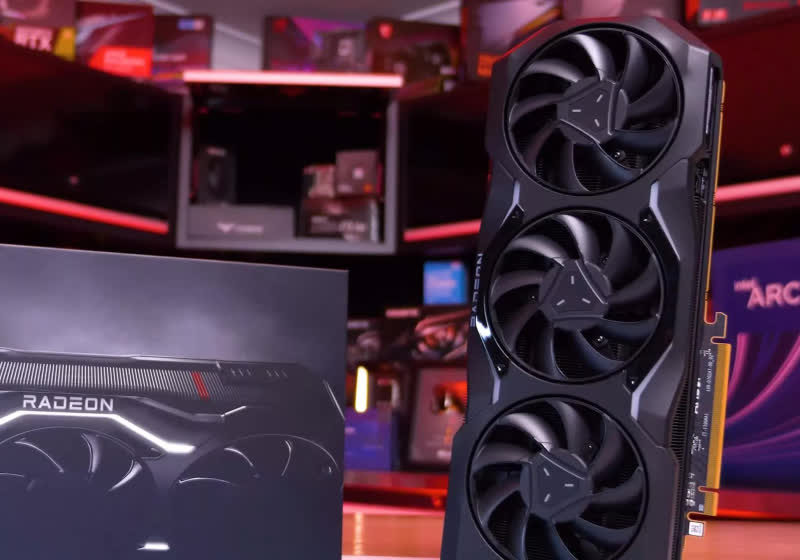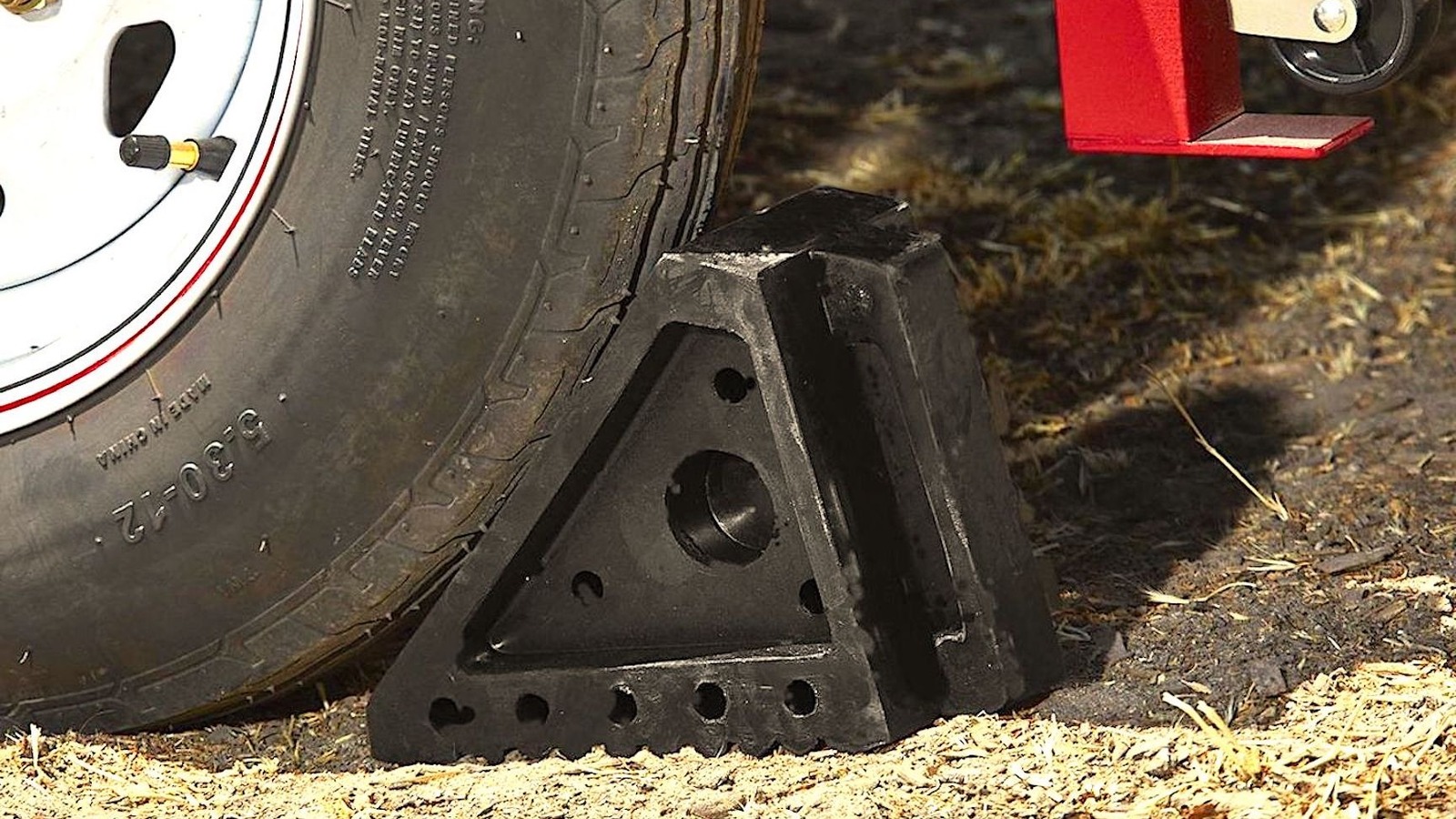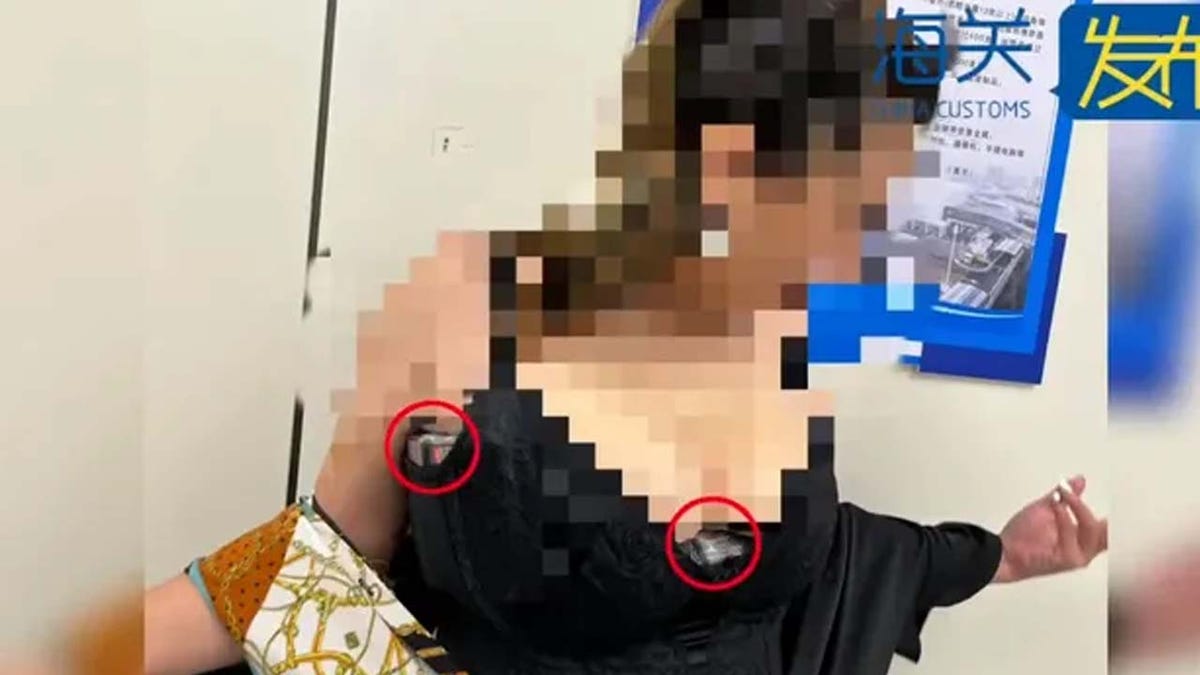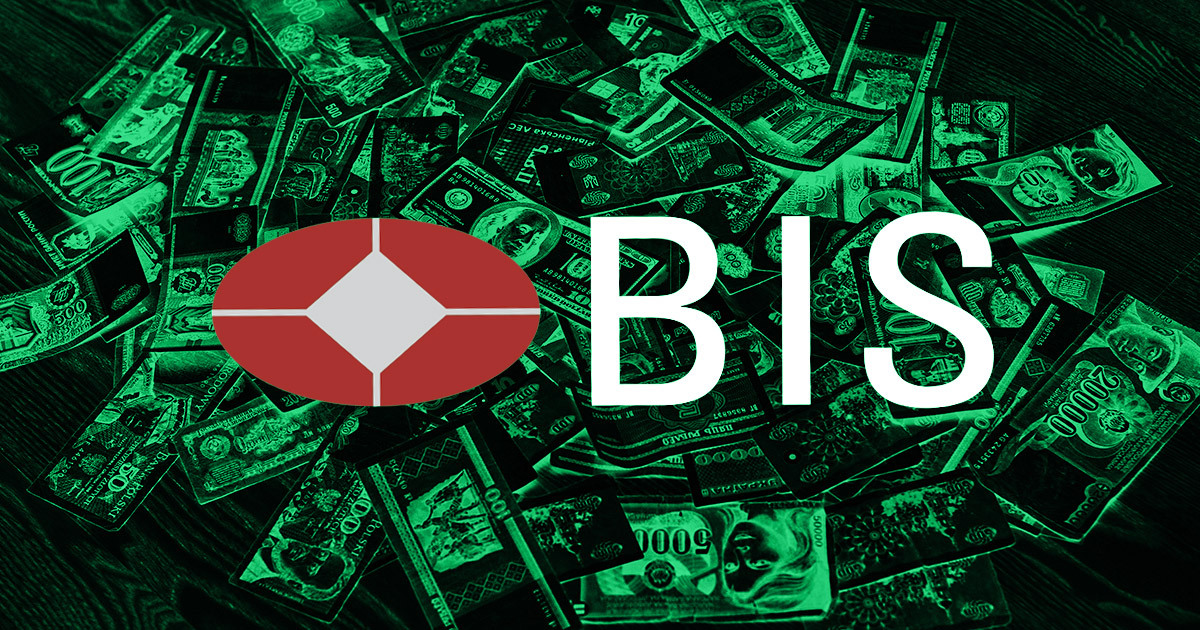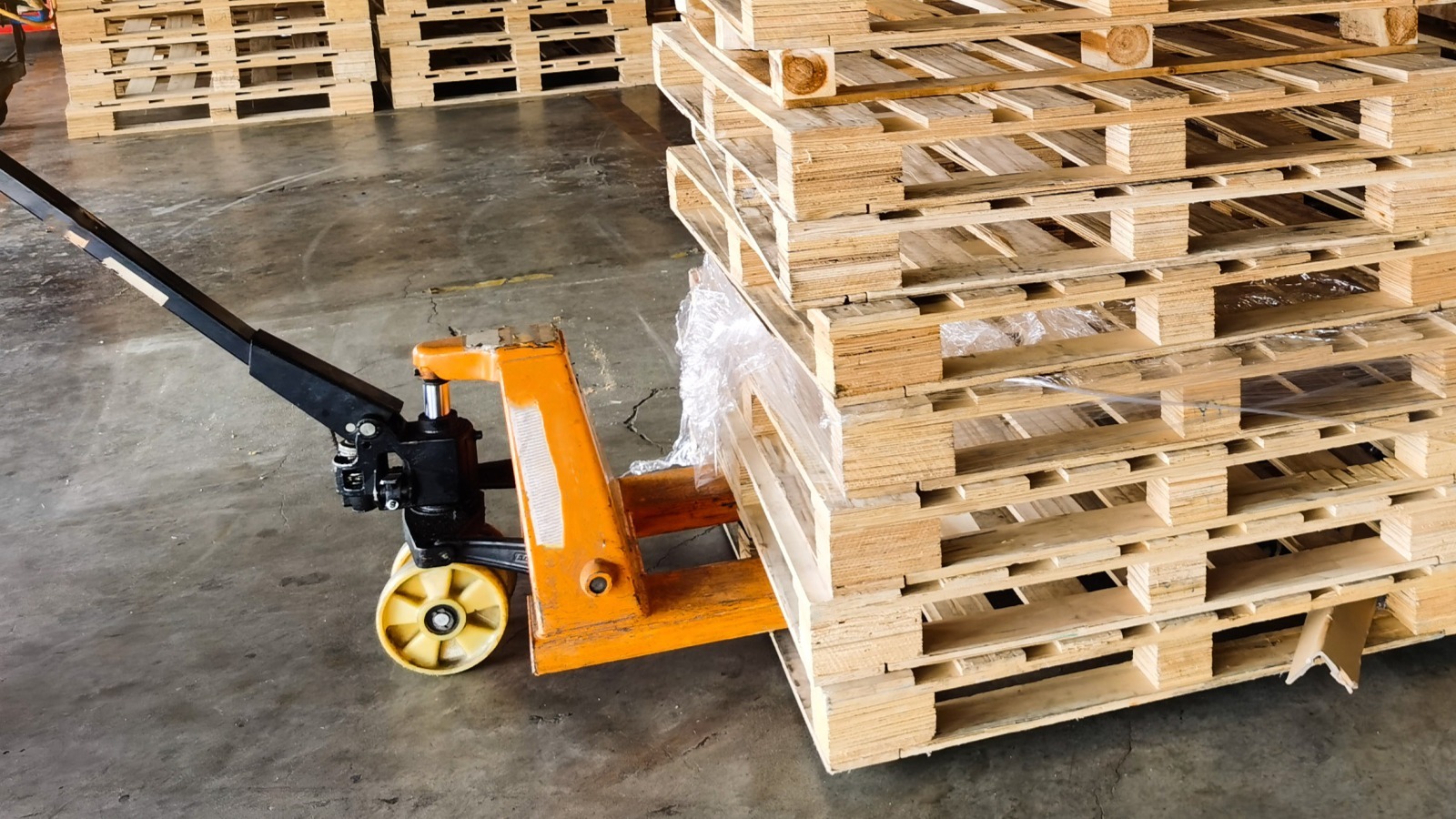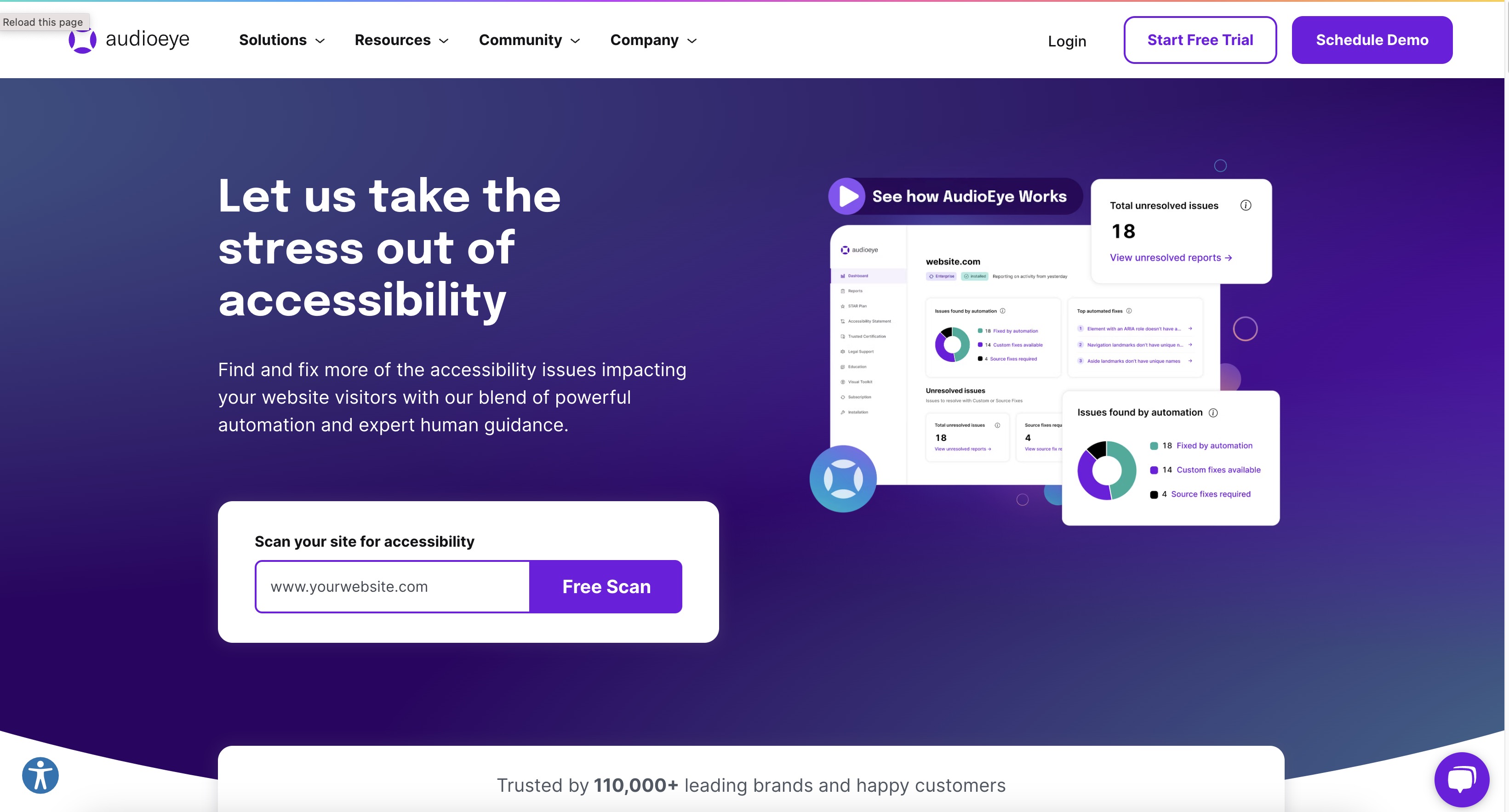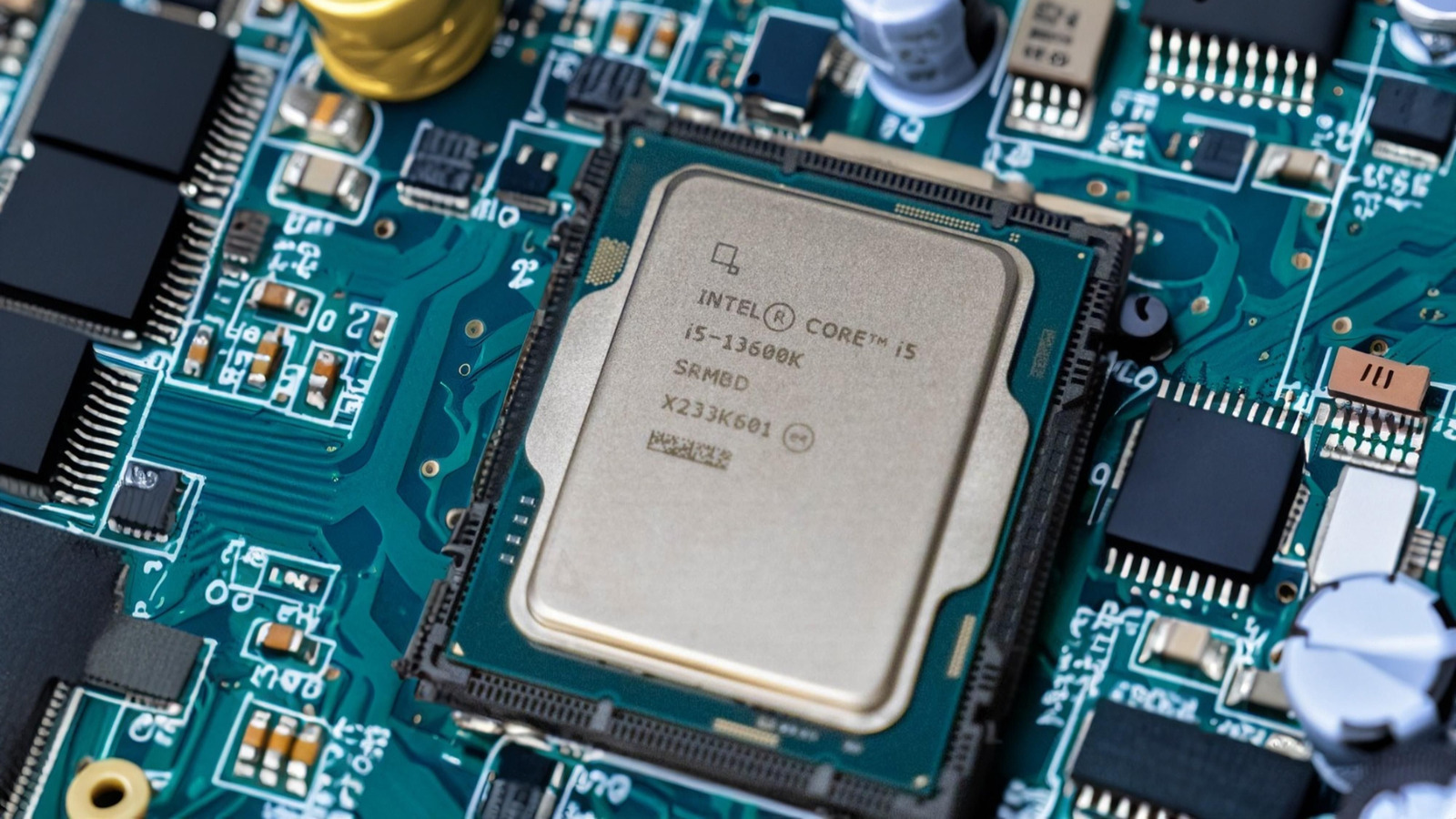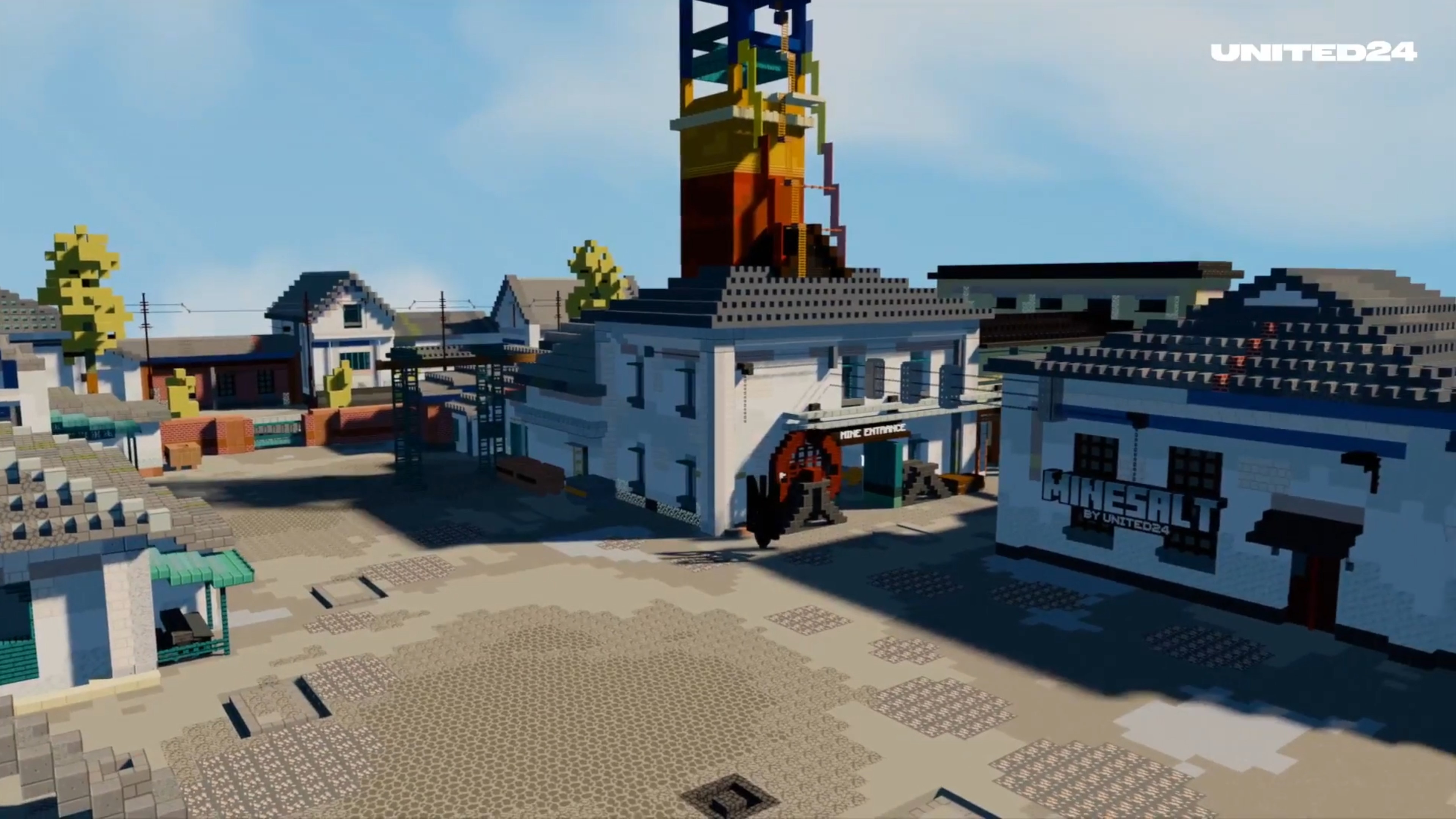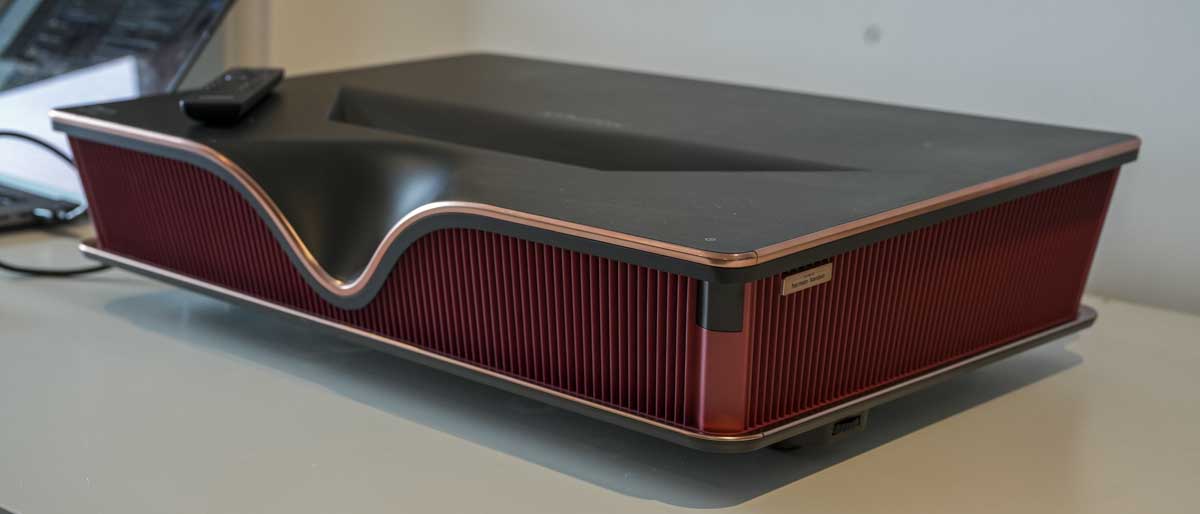Paper Mario: The Thousand-Year Door review: papercrafted perfection
Paper Mario: The Thousand-Year Door is still the best game in the series, made even better by this beautiful Nintendo Switch facelift.

Platform reviewed: Nintendo Switch
Available on: Nintendo Switch
Release date: May 23, 2024
Paper Mario: The Thousand-Year Door for Nintendo Switch is a faithful remake of the fondly-remembered Gamecube classic. A turn-based role-playing game (RPG) that sees Mario partner up with several colorful characters in an entirely papercraft world, it’s one of the most charming games from Nintendo’s sixth-generation purple cube. It’s also a game that’s held up tremendously well for the most part, as demonstrated handily by this phenomenal remake for Nintendo Switch.
Developer Intelligent Systems has decided to keep things extremely faithful with this remake, keeping the engaging turn-based combat and general flow of the original largely intact. But that’s not to say there aren’t improvements. A number of welcome quality-of-life changes - not to mention an absolutely stunning update to the game’s presentation - make Paper Mario: The Thousand-Year Door essential play for fans of the portly plumber or of RPGs in general.
Gone rogue(port)

Paper Mario: The Thousand-Year Door has always been memorable for introducing some notably seedier elements to the Mushroom Kingdom. The town of Rogueport, which acts as the hub for Mario’s adventure, is a veritable hive of scum and villainy and is decidedly much dingier and dangerous than the series’ typically lighthearted affair. Its streets are run down, it’s dominated by mafia activity, and there’s an honest-to-goodness gallows in the town square. While never unwelcomely grimdark or edgy, Rogueport remains one of the most unique and memorable locations in the entire Mario franchise thanks to its shadier elements.
But it’s where Mario and friends are setting up shop in their search for the Crystal Stars, which will help them unseal the titular Thousand-Year Door in order to prevent a catastrophe that’s, fittingly, a millennium in the making. Mario’s search will lead him to several interesting locales, including an ancient tree populated by monochrome denizens, a curse-afflicted pirate island, and even a fighting arena floating in the sky. The game and its story are full of surprises, and the unfolding adventure will be as much a treat for newcomers as it will be for those nostalgically experiencing the RPG for the first time since the Gamecube days.
Despite the grim centerpiece of Rogueport and the plot’s high stakes, Paper Mario: The Thousand-Year Door doesn’t forget that ultimately, it is still a Mario game. That means you can expect heaps of charming dialogue, and delightfully familiar characters such as Piantas, Bob-ombs, Koopa Troopas, and the like. More front-facing Mario stalwarts including Luigi, Peach, and Bowser are along for the ride, too.
All the world's a stage
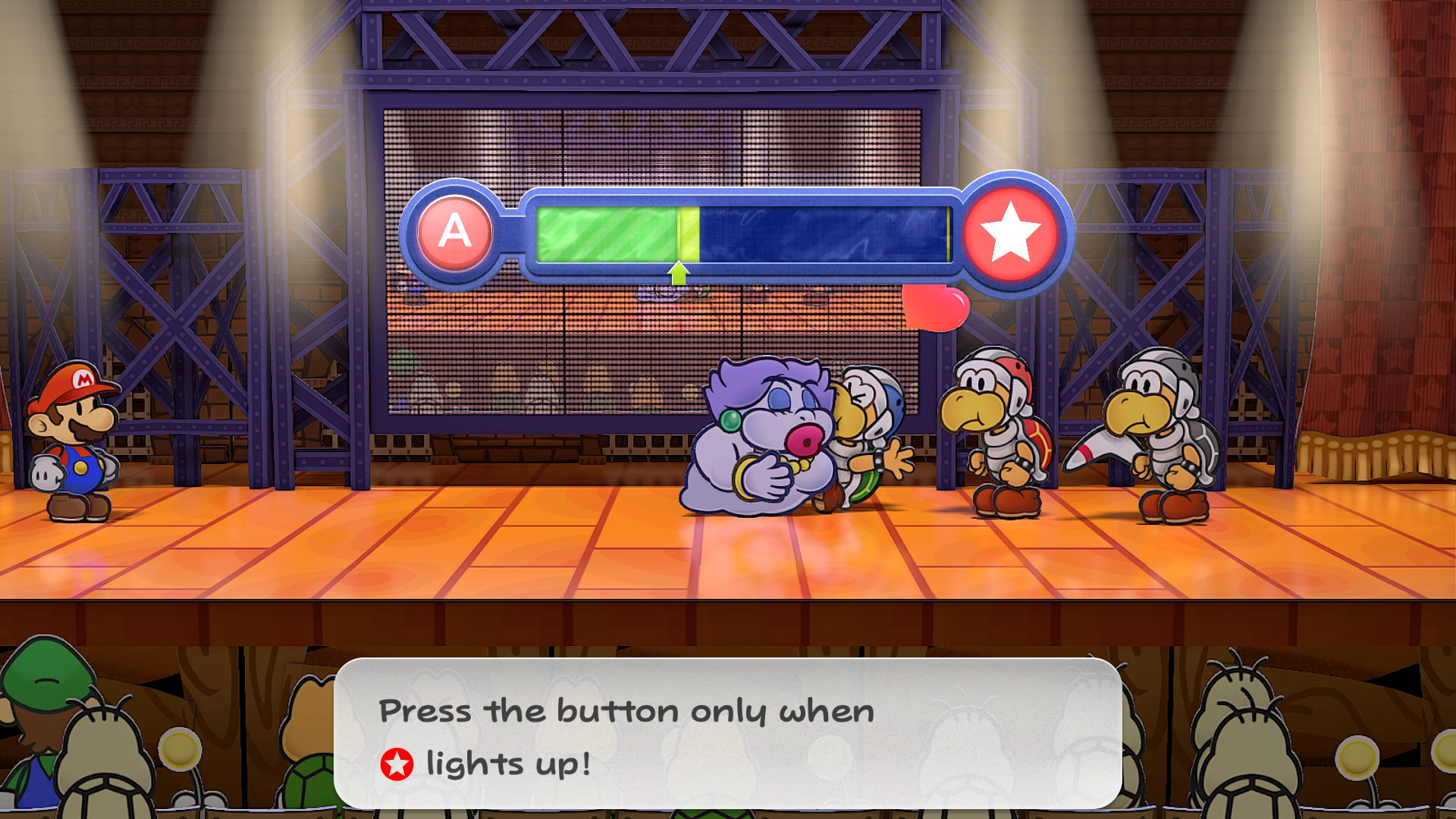
One of the best aspects of Paper Mario: The Thousand-Year Door is its turn-based battle system, which honestly feels like it hasn’t aged a day. It’s a battle system that’s easy to learn and seems simple on its surface given Mario can only be accompanied by one partner character at a time. Additionally, Mario will only have access to some basic jump and hammer attacks in the game’s first couple of chapters.
However, the game does a fantastic job of introducing gameplay elements at a brisk but effective pace. Most abilities have unique action prompts that boost their power when inputted correctly. For example, pressing ‘A’ the moment Mario jumps on an enemy will follow up with an additional stomp for extra damage. Similarly, you’ll need to hold the analog stick left and let go at the right moment in order to swing Mario’s hammer for maximum damage. Mario’s partners all come with their own unique moves and action prompts, too, and the system is extremely effective at adding an element of strategy to even the most mundane battles.
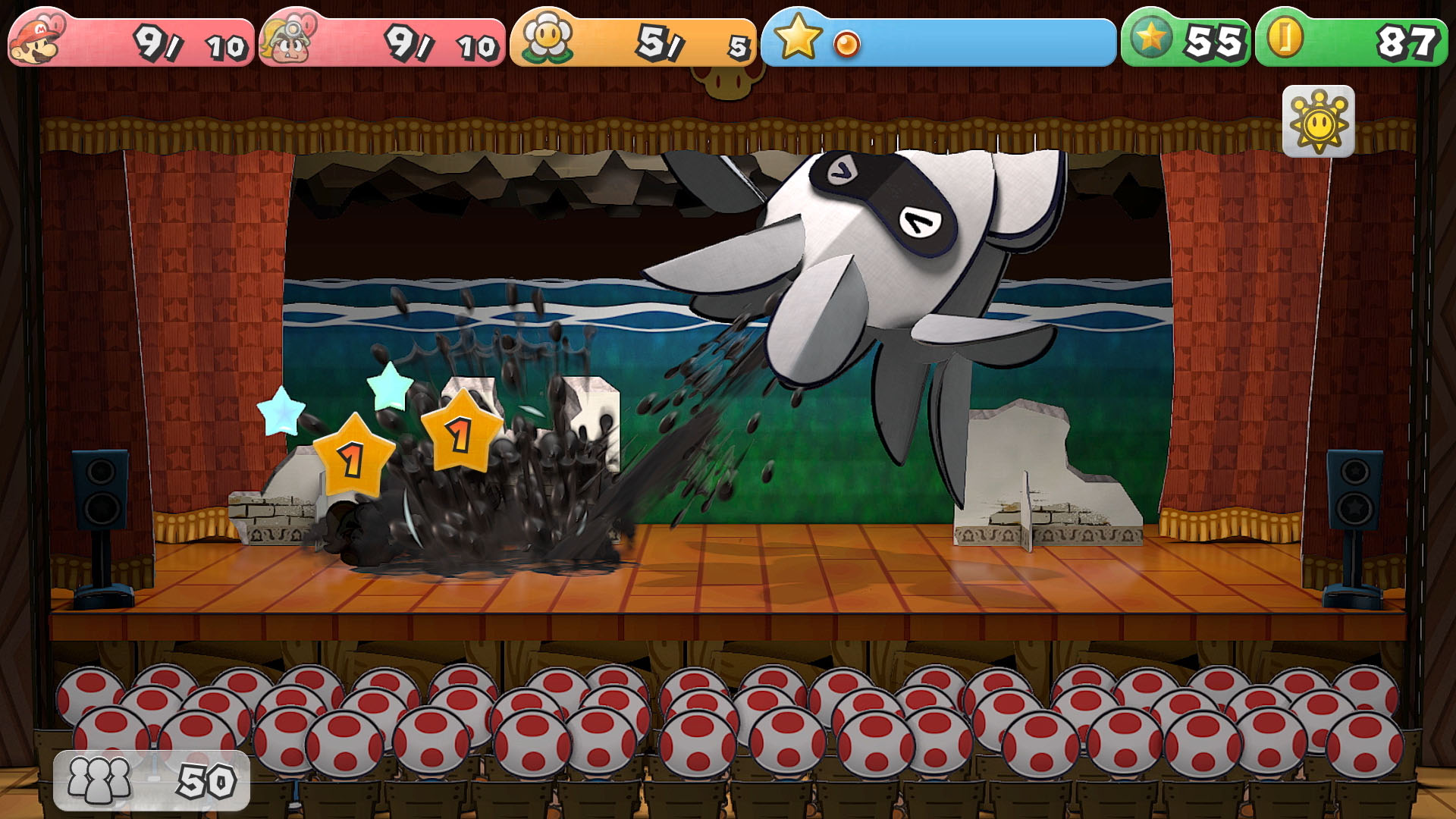
I simply can't get enough of Paper Mario: The Thousand-Year Door's phenomenal battle system. It's easy to learn with simple inputs and commands, and provides tons of depth via action prompts and badges for customizable builds. Even after rolling credits, I wanted to play it more.
On top of this, Mario can also be equipped with badges that you can find hidden throughout the game world. These cost badge points (BP) to equip, but provide a wide range of benefits to you in combat. Badges can unlock whole new moves for Mario, boost stats, or even alter his appearance and battle sound effects for a bit of extra fun. Badges are perhaps the most crucial element of determining your success in combat, especially as the game’s difficulty ramps up towards the mid and late game. Thankfully, you can increase your BP when leveling up, allowing you to equip even more as the game progresses.
The standout element of battles, though, has to be the stage. And in Paper Mario’s case, it’s a very literal one. Battles take place on a theater stage complete with an audience. Said audience grows and shrinks depending on your performance in battle. And as your level increases, so too does the size of the stage. This means larger audiences can be accompanied, but it also introduces stage hazards like falling background objects or fog lights that can hinder both you and the enemy. Furthermore, not all audience members are made equal; some can toss helpful items, while others keen to throw rocks or tin cans will need to be chased out when the button prompt appears.
All this makes for an incredibly dynamic turn-based battle system that skilfully incorporates more action-oriented elements. As a result, there’s very rarely a dull battle in Paper Mario: The Thousand-Year Door and the huge enemy variety succeeds at keeping Mario and pals on their toes.
An enchanting overhaul
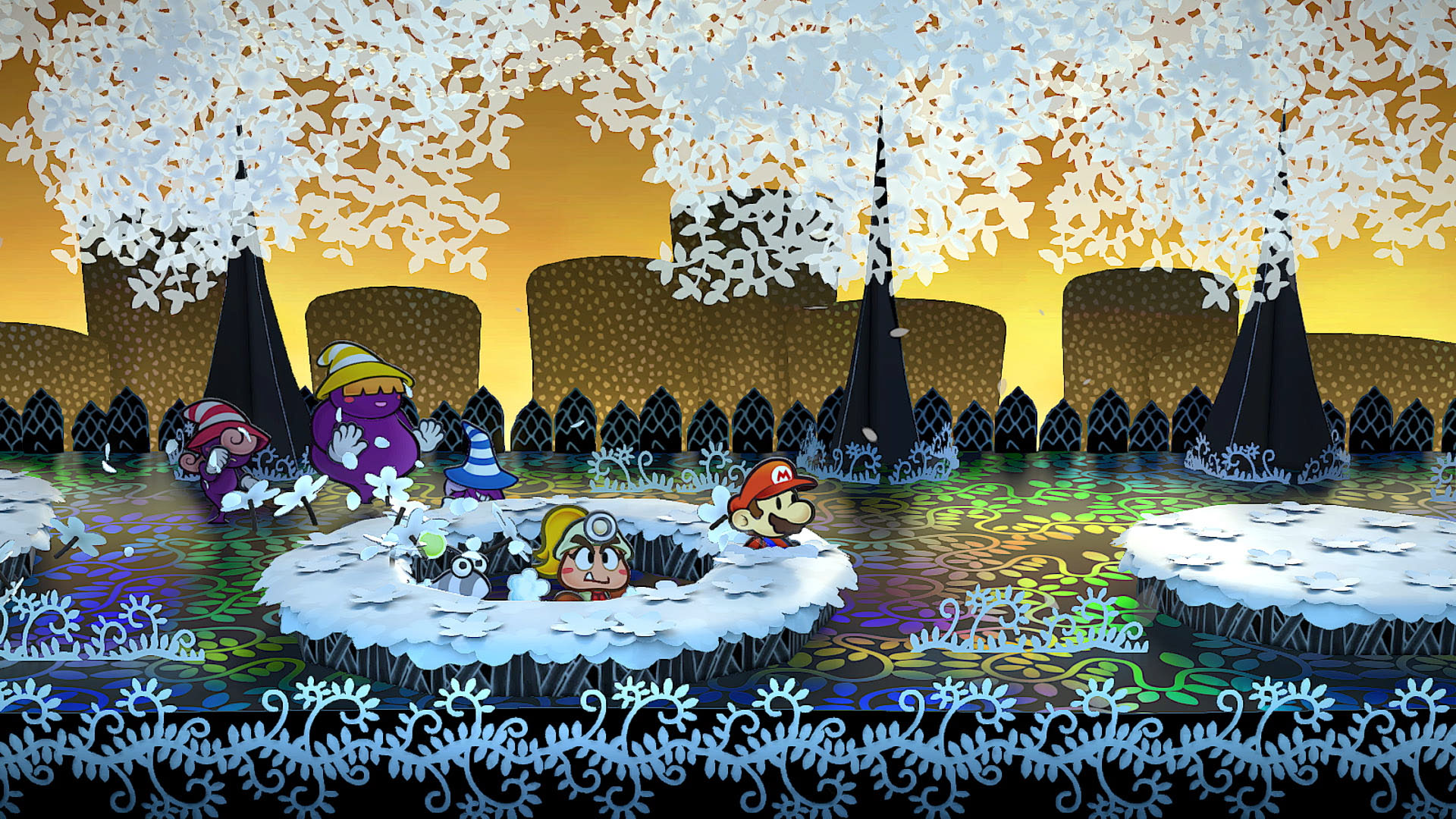
Much like The Legend of Zelda: Link’s Awakening before it, Paper Mario: The Thousand-Year Door is an incredibly faithful remake, warts and all. The visual overhaul is jaw-dropping, rendering familiar environments with tons of added depth and detail. The papercraft aspect of the game’s world is really apparent in the remake, and it’s still so impressive to see elements of the world unfold or shift perspective as if they were pages in a pop-up storybook.
The immaculate presentation is helped along by an utterly fantastic remixed soundtrack which adds even more layers of instrumentation and strong percussion. And if you’re somehow not a fan, fear not; the original Gamecube soundtrack can be accessed by equipping a badge available from Rogueport’s shop early on.
As mentioned, though, the Nintendo Switch remake is faithful to a fault, meaning that some of the game’s original irksome aspects are present. Particularly noteworthy are some sidequests and the occasional spot of mazelike level design, which often have you undergoing a tedious amount of backtracking. Such moments are few and far between but do occasionally grind progress to an unwelcome halt in an otherwise excellently paced experience.
Thankfully, there are a handful of quality-of-life updates that help make the remake a bit more palatable. A room in the sewers beneath Rogueport can provide quick travel to locations you’ve visited as you complete their relevant chapters, thus making some of the more laborious sidequests a bit easier to stomach. Additionally, a new ‘partner wheel’ accessed by holding ‘L’ lets Mario quickly swap between party members, meaning you won’t have to dive into the menu every time you wish to access their unique abilities.
Overall, Paper Mario: The Thousand-Year Door is an exceptional remake that will undoubtedly introduce a whole new audience to one of the Gamecube’s finest games. The papercraft aesthetic remains gorgeous and unlike anything else in the RPG genre. While the visual touch-ups are a highlight here, the game nonetheless remains a deeply engaging and challenging turn-based RPG packed with memorable characters and story beats. If you own a Switch, then Paper Mario: The Thousand-Year Door should absolutely be your next RPG fix regardless of whether you’ve played the original or not.
Accessibility
Disappointingly, there aren't any dedicated accessibility options in Paper Mario: The Thousand-Year Door. In fact, the settings menu is incredibly barren, only offering you the options to adjust rumble strength and screen brightness. Bizarrely, you’re not even able to adjust the game’s volume settings.
Should I play Paper Mario: The Thousand-Year Door?
Play it if...
Don't play it if...
How we tested Paper Mario: The Thousand-Year Door
I played Paper Mario: The Thousand-Year Door to the end credits on Nintendo Switch OLED, which took me just over 30 hours in total. This playtime, alongside the main quest, also included ticking off the majority of sidequests and exploring areas for items, badges, and optional boss encounters.
I largely played in docked mode using my current go-to Nintendo Switch controller: the GameSir Nova. I love this controller for its exceptional HD Rumble feedback, and The Thousand-Year Door does a fantastic job of implementing the feature. Given the high quality of the game’s soundtrack, I often paired my play sessions with the Bluetooth-ready Asus ROG Cetra Speednova gaming earbuds which provided a more full-bodied audio experience compared to my TV’s speakers.


